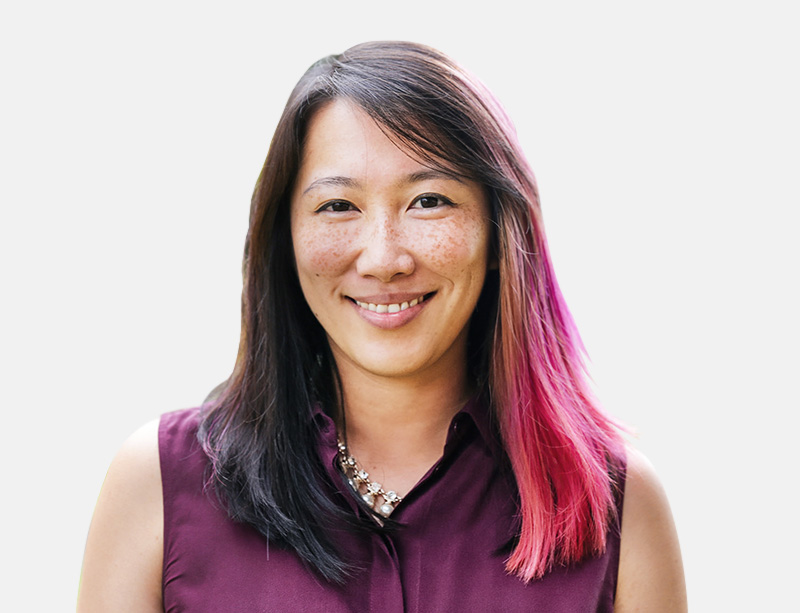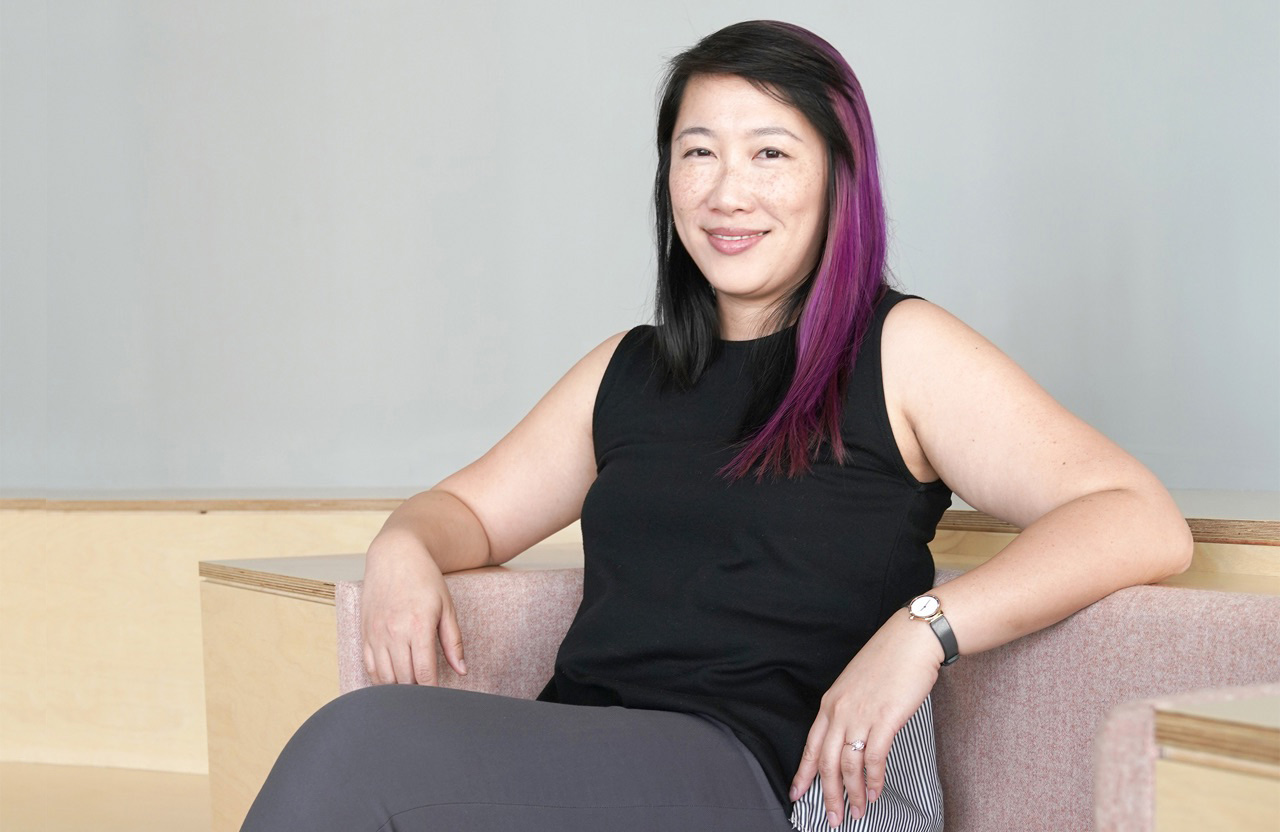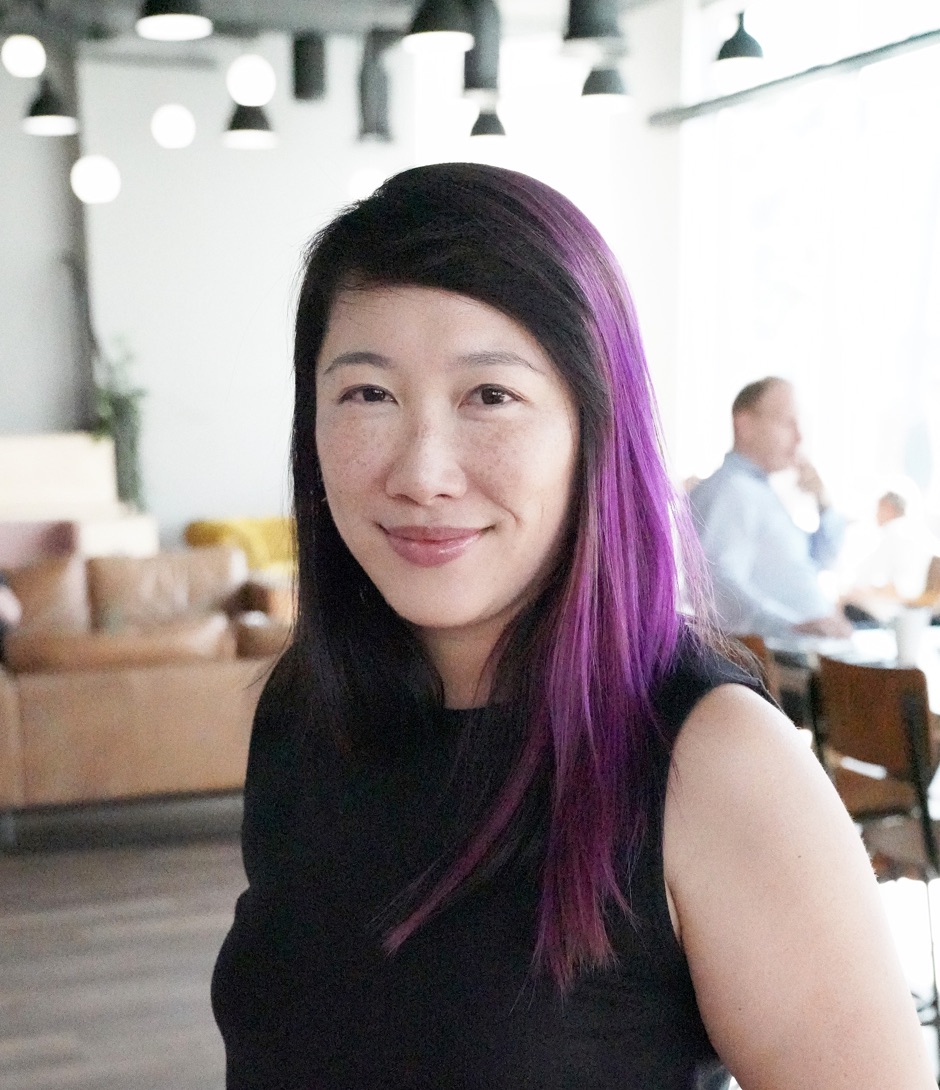As you've traveled to Experience teams around the world, what has surprised you?
What surprised me is how despite being a mature, global company, how much more we could do to collaborate and exchange knowledge. I think we have so much power in not only the collective brilliance of the people we have on our team, but quite frankly, the trends in some countries that are so much more mature. Southeast Asia is the future when we're talking about fintech, in my opinion. They're willing to take so much risk despite the fact that when you think Southeast Asia, you don't think they’re the richest nations. But because of that recent economic maturity, there are not a lot of regulations and embedded habits that have been set around money. So with mobile payment, people are taking their cash and actually putting it into a mobile wallet that a giant telco created, a conglomerate that happens to own 50% of the country’s GDP. So they can buy everything with that telco’s fintech wallet.
Also seeing that in Europe, they're very mobile forward. In London, I was worried because I hadn't bought a Tube card yet. I actually was walking everywhere until my fourth day there, and I saw a friend who said, “that's really far to walk, are you sure we want to walk it?” I said, “I don’t have an Oyster card yet.” She said, “Well, you're an idiot. You can use your phone to pay with Google Pay.”
So I think those are the kind of trends that, not only does our Experience team know about in their countries, but they're living it. That can feed further innovation, further thought, further vision. For example, if you told us here, “Build a mobile wallet for the New York City market,” we're probably just going to come up with another basic credit card storing app with slightly different features. And then we go to another country and they've done 10 times that.












